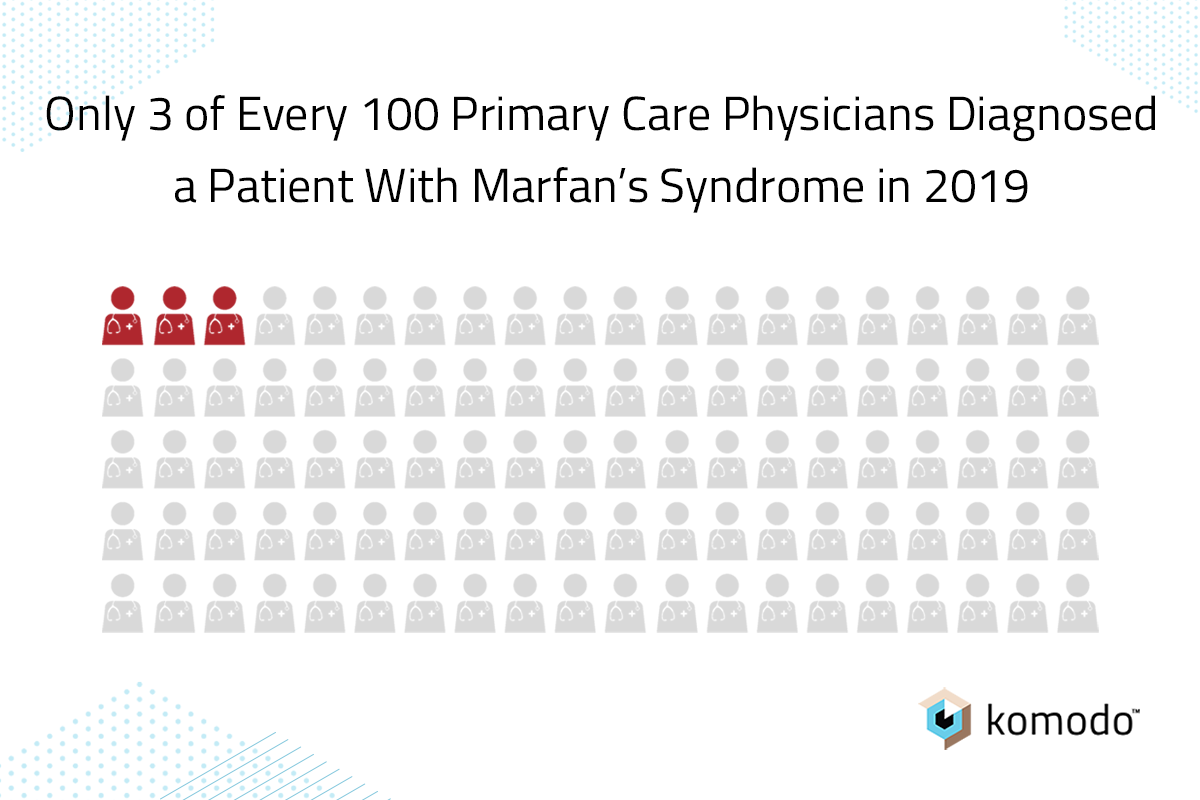How a Popular Musical Shed Light on a Rare Disease — and Saved Lives

RENT, the famous Broadway musical set during the HIV/AIDS epidemic in 1980s New York, is known in part for its public health theme. The musical’s lesser-known storyline has been in its raising awareness of Marfan’s Syndrome, a disorder of the connective tissue. Jonathan Larson, the play’s writer/director, died of a misdiagnosed aortic dissection the day before opening night, likely caused by an undiagnosed case of Marfan’s. He had visited the emergency room twice with pain in the days before his death, and was sent home with treatment for food poisoning and flu. His death led to a push from his family and colleagues to raise awareness about Marfan’s, which was, and remains, largely undiagnosed.
The loss of such a high-profile person with this disorder has likely saved many lives, as awareness among medical providers and the public has increased life expectancy and improved quality of life.
Despite rapid progress, Marfan’s is still considered underdiagnosed. With a prevalence somewhere between 1 in 3,000 and 1 in 5,000, roughly 200,000 people may have Marfan’s in the United States, and many don’t know it. Multiple case reports of autopsies in young people after sudden cardiac death have revealed undiagnosed Marfan’s. The condition is typically diagnosed through visible signs presented in primary care — such as disproportionately long limbs, long flexible fingers, a depressed chest, and high palate — after an echocardiogram, or genetic testing. It takes a provider knowledgeable in the variable signs of the condition to flag it for additional testing, or a public with enough information to proactively identify themselves and ask to be screened.
As early diagnosis and management are essential in keeping Marfan’s patients healthy, we wanted to identify characteristics of healthcare practitioners who diagnose the disorder. Using Komodo’s Healthcare Map™, we looked at which physician specialties diagnosed Marfan’s most often in 2019, and what proportion of physicians in those specialties are actively diagnosing patients with the condition.
Cardiologists diagnosed the largest percentage of Marfan’s patients in 2019.
According to our analysis, approximately 25,000 patients were diagnosed with Marfan’s in the U.S. in 2019. The top four physician specialties delivering these diagnoses were: cardiology, primary care, ophthalmology, and emergency medicine. These specialties diagnosed 29%, 21%, 6%, and 6% of patients in 2019, respectively. In Cardiology, there were approximately 7,200 individual practitioners diagnosing Marfan’s. According to AAMC, this group of physicians makes up a small share (24%) of the 30,000 active cardiology physicians in the U.S.
Only 3% of primary care physicians diagnosed a patient with Marfan’s in 2019.
This low number is surprising, given the average patient load of primary-care providers — around 2,000 patients, according to the American Association for Physician Leadership. This may help explain the underdiagnosing of Marfan’s, given that the condition occurs in about 1 in 3,000 to 5,000 people.

While some primary care physicians may not have encountered a Marfan’s patient, and others may defer diagnosis to a cardiologist, the low number of diagnoses happening in this specialty may still indicate a high number of missed signals that could have led to a correct diagnosis. Education targeted at primary care providers on visual indicators of the condition may be impactful. Software tools that link patient data across specialties may also be especially beneficial in flagging potential Marfan’s patients, as signs and symptoms of the condition often present across specialties such as ophthalmology and dentistry, and stand-alone signs may not flag a patient for assessment for the condition.
Understanding signals from the complete patient journey, as well as patterns in rare disease diagnosis and red-flag symptoms, can help ensure more patients are treated faster, ultimately saving lives and reducing the burden of disease.
This is the first in our series focusing on how data can help  .
.
To see more articles like this, follow Komodo Health on Twitter and LinkedIn, and visit Insights on our website.







